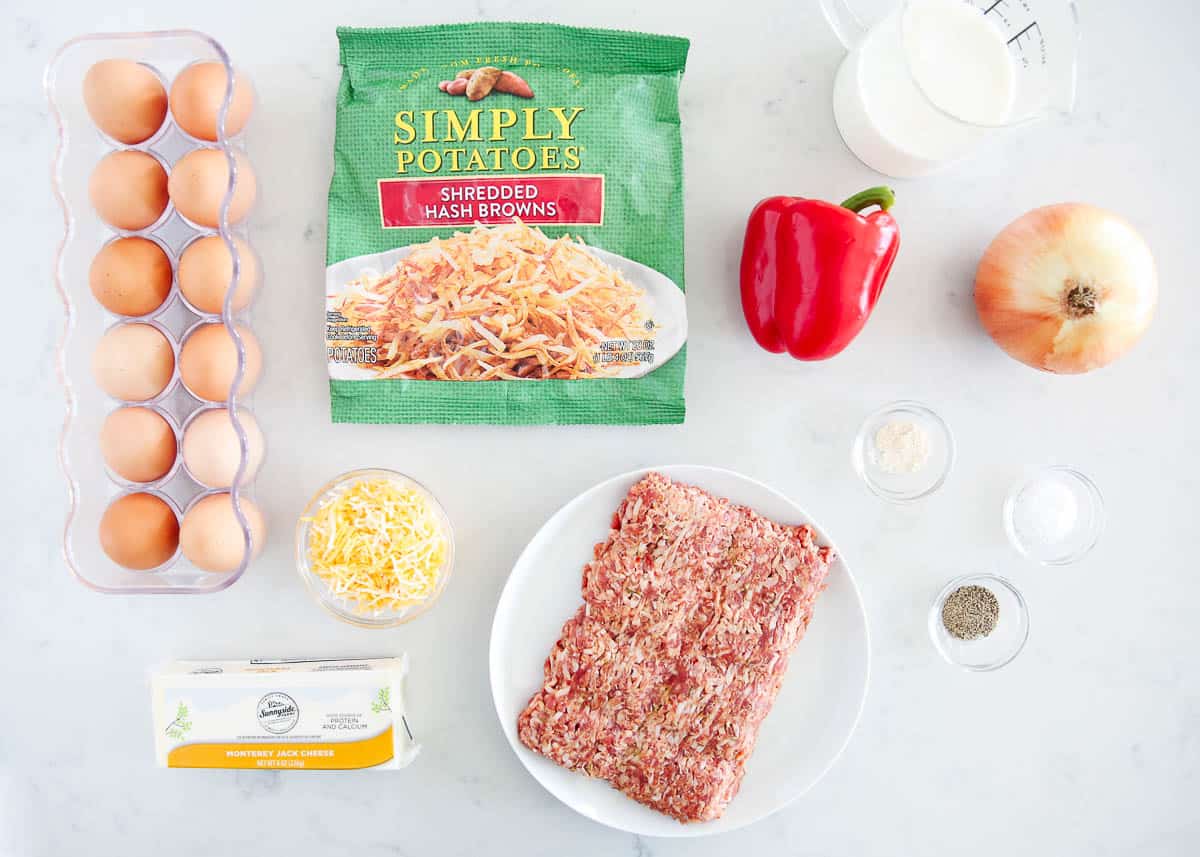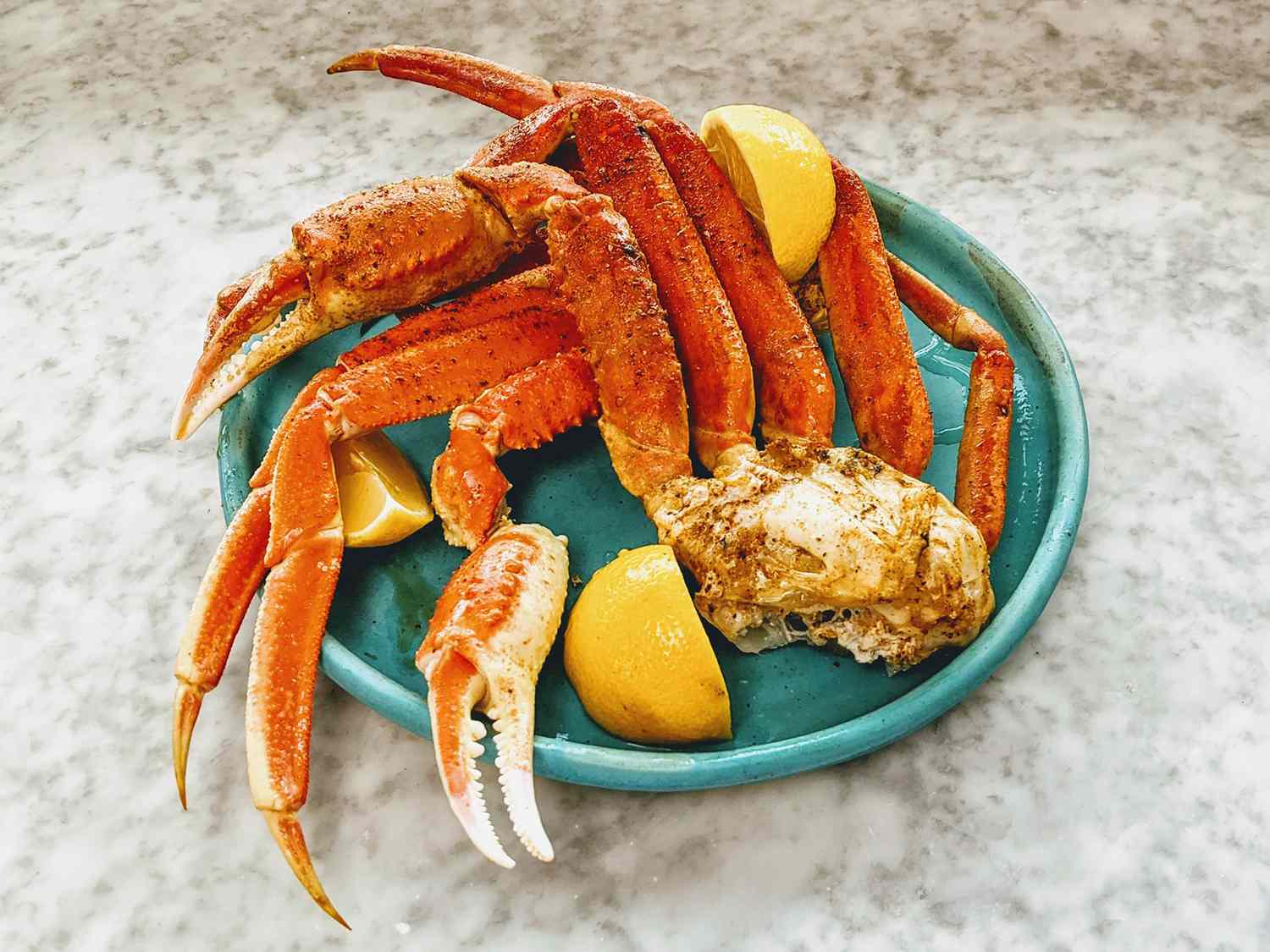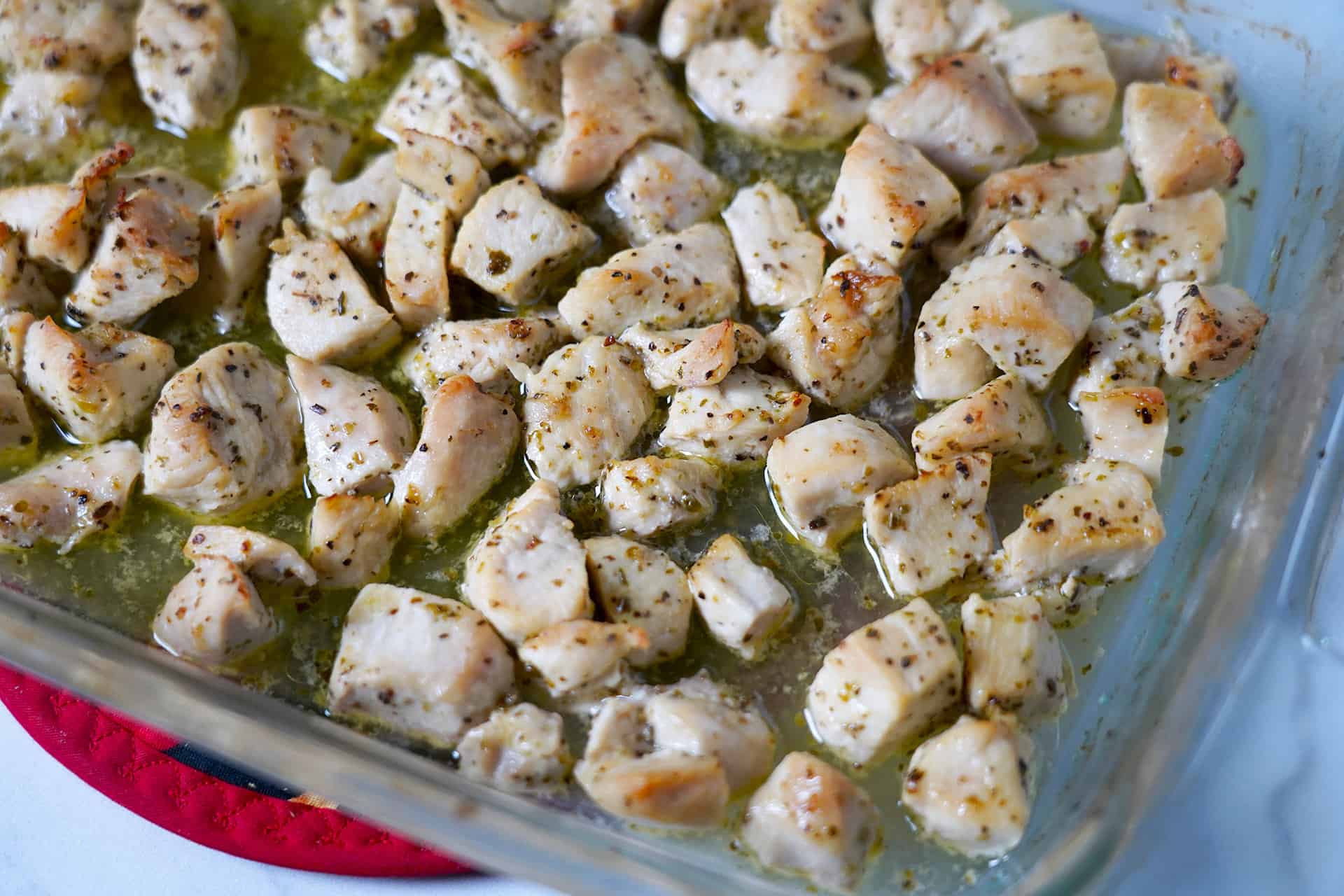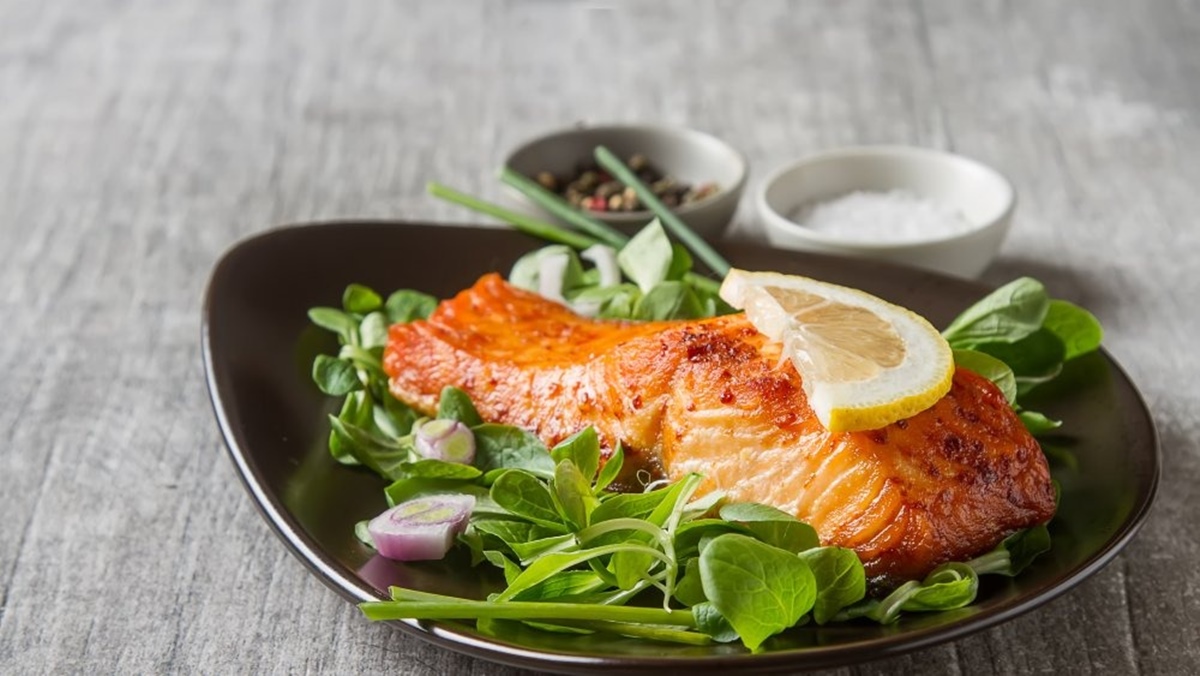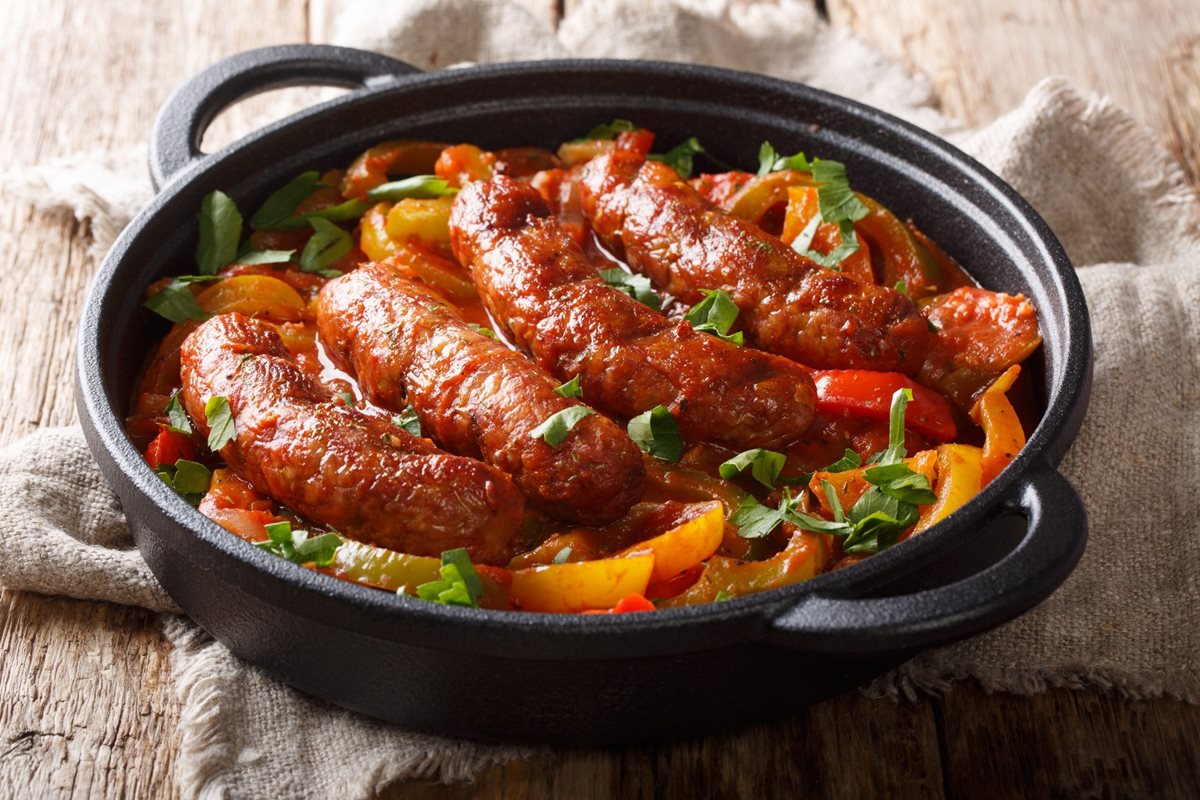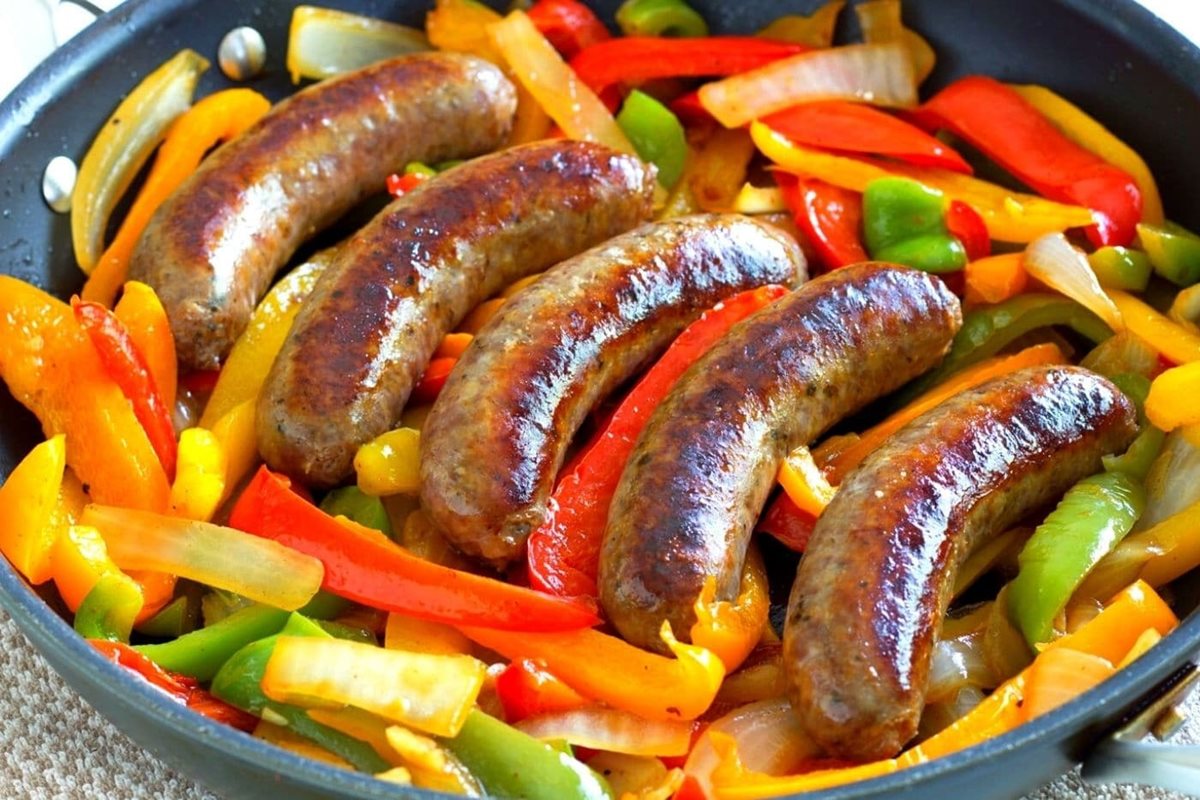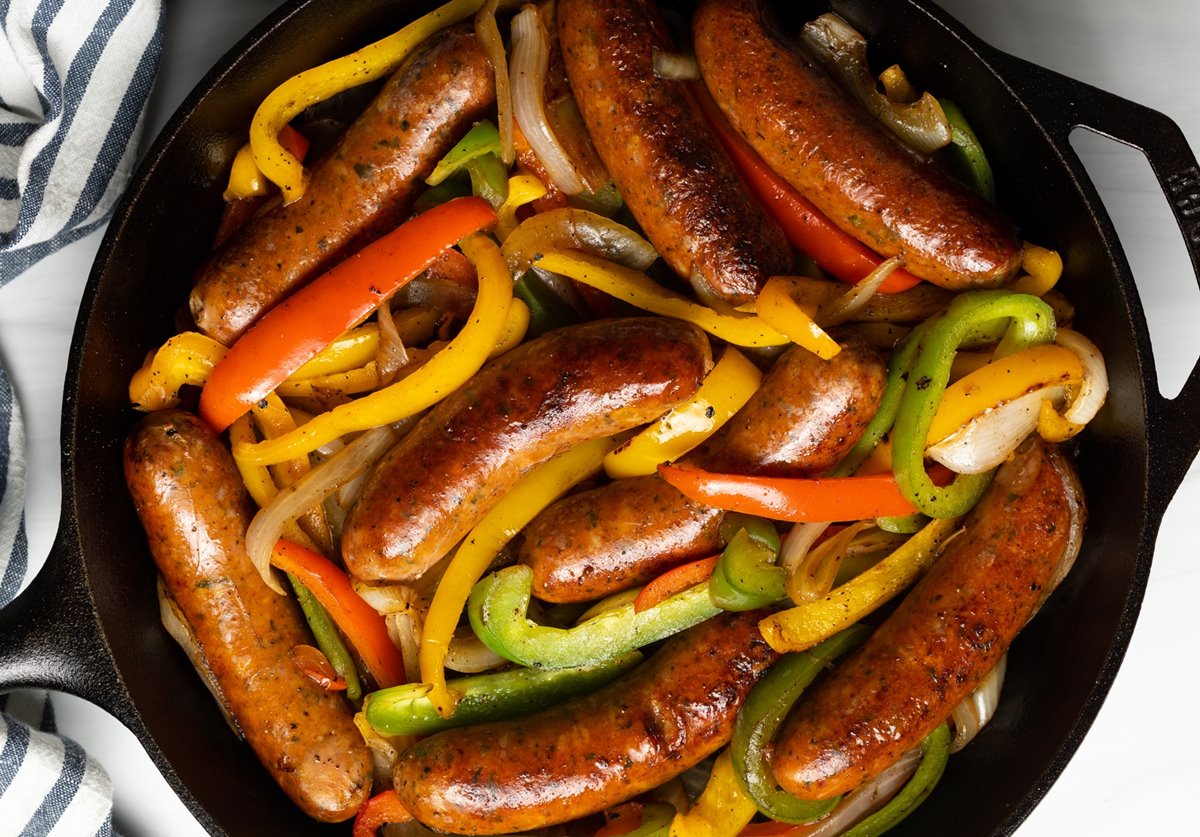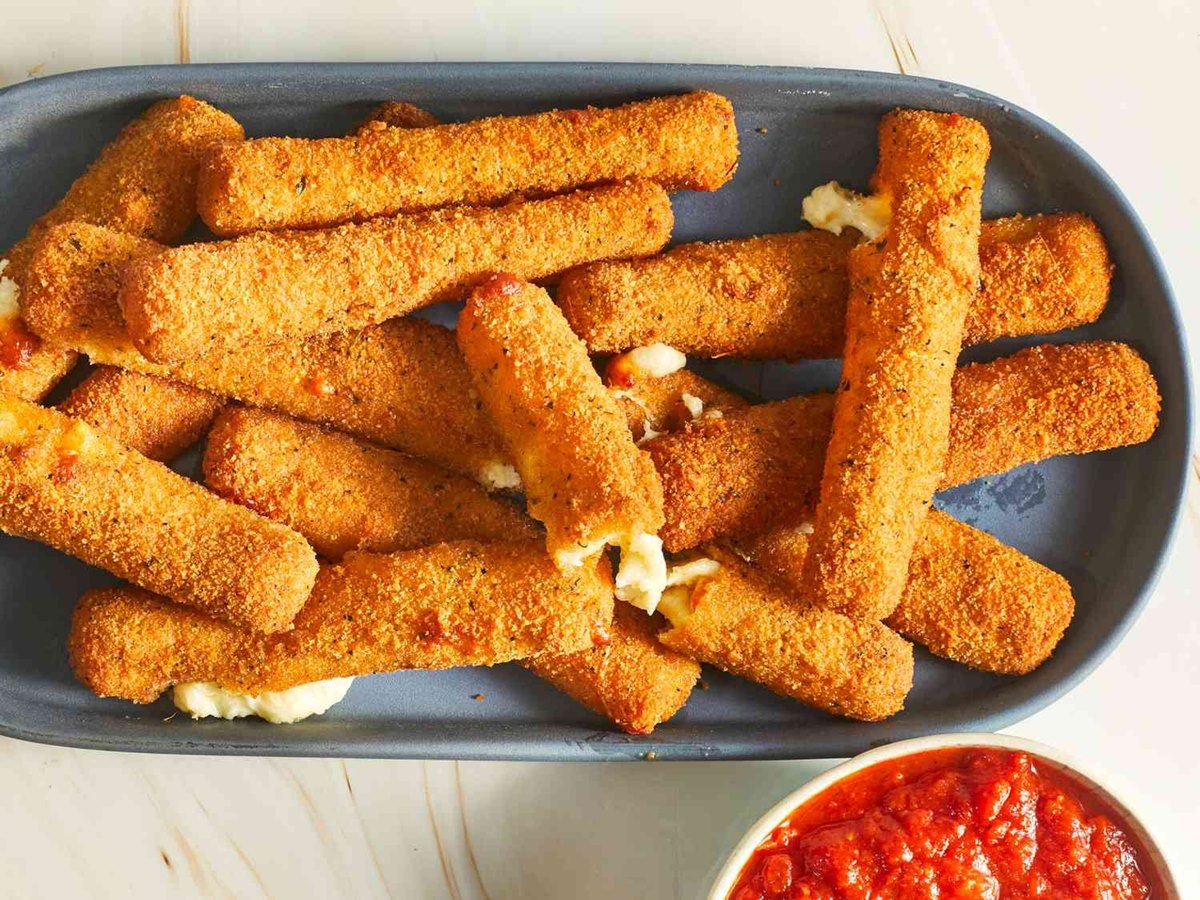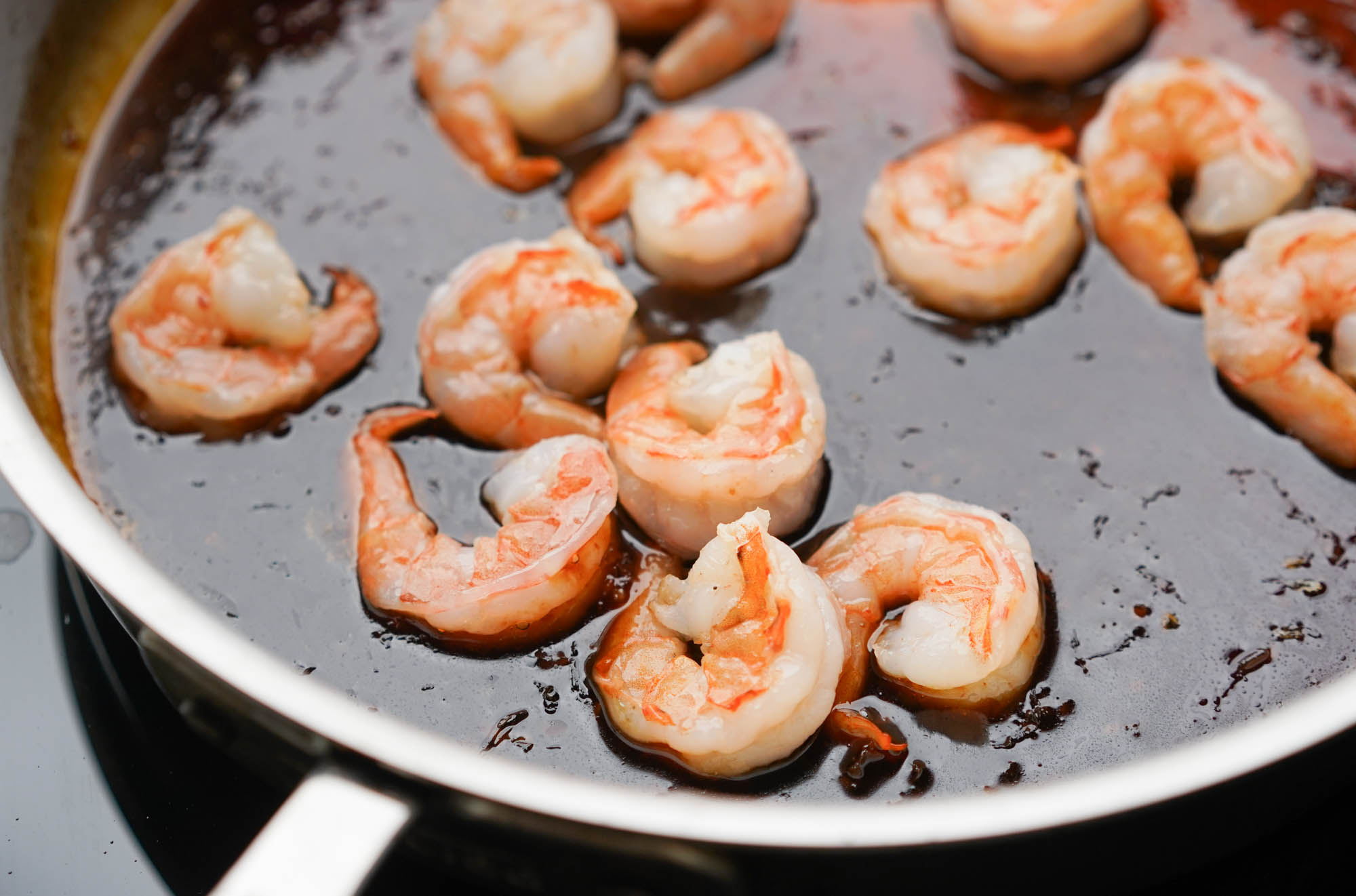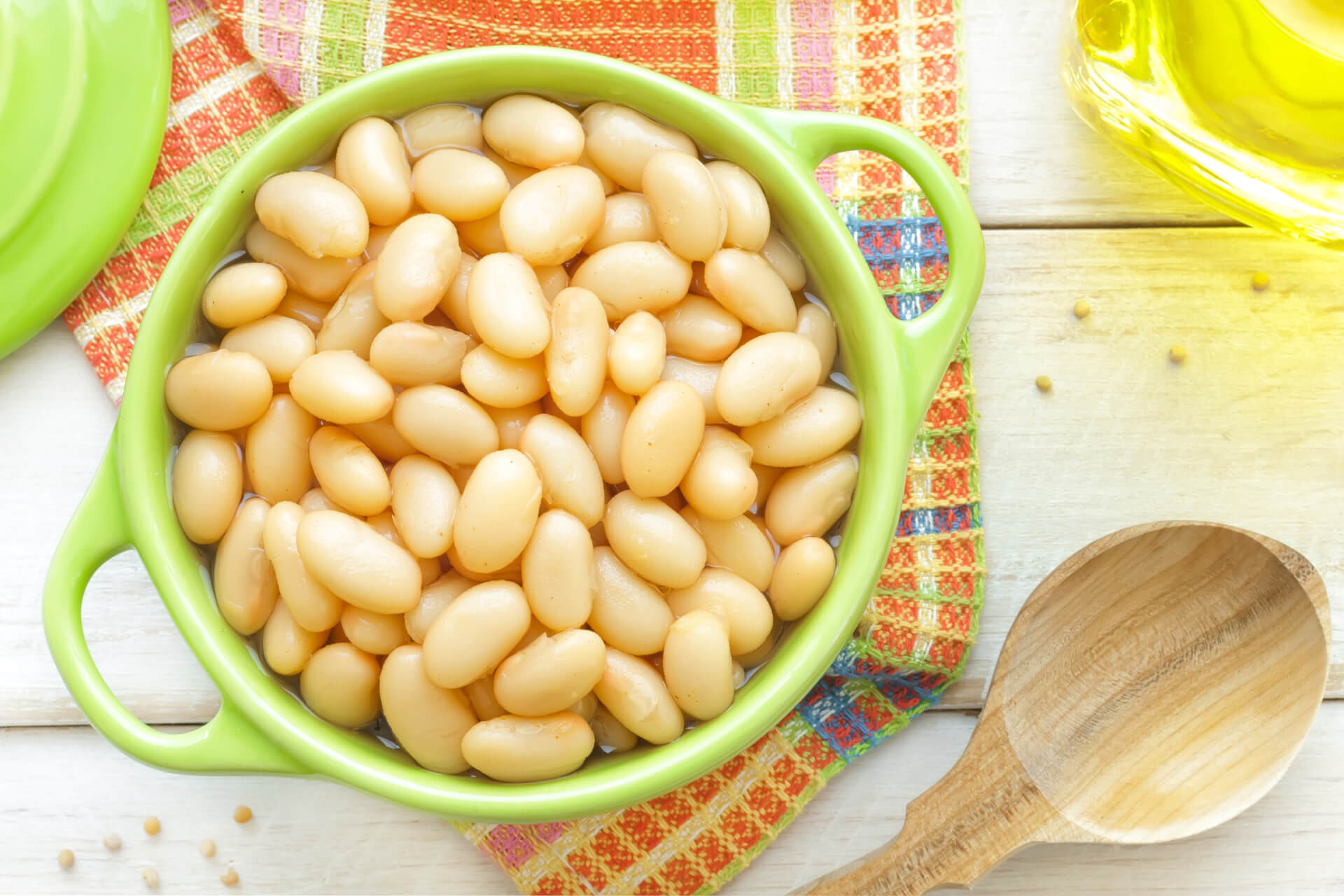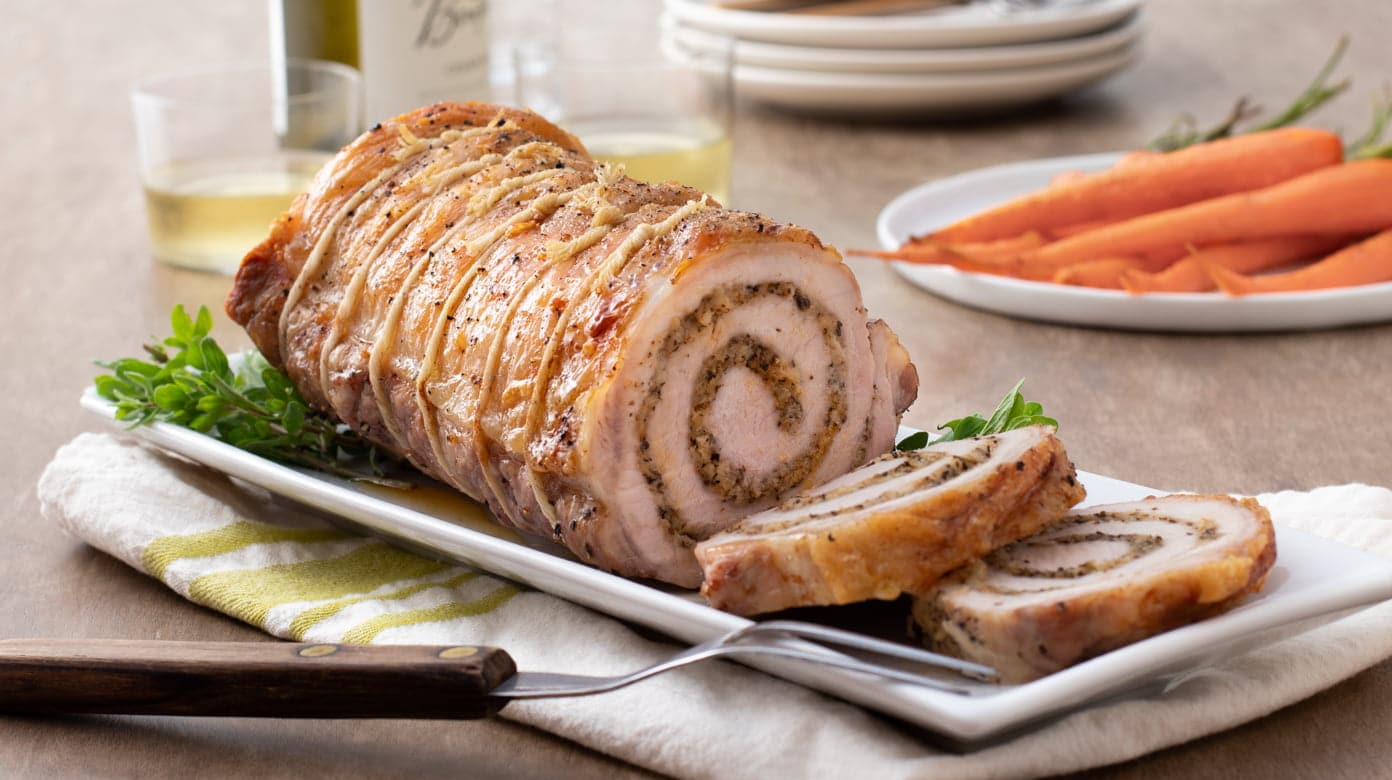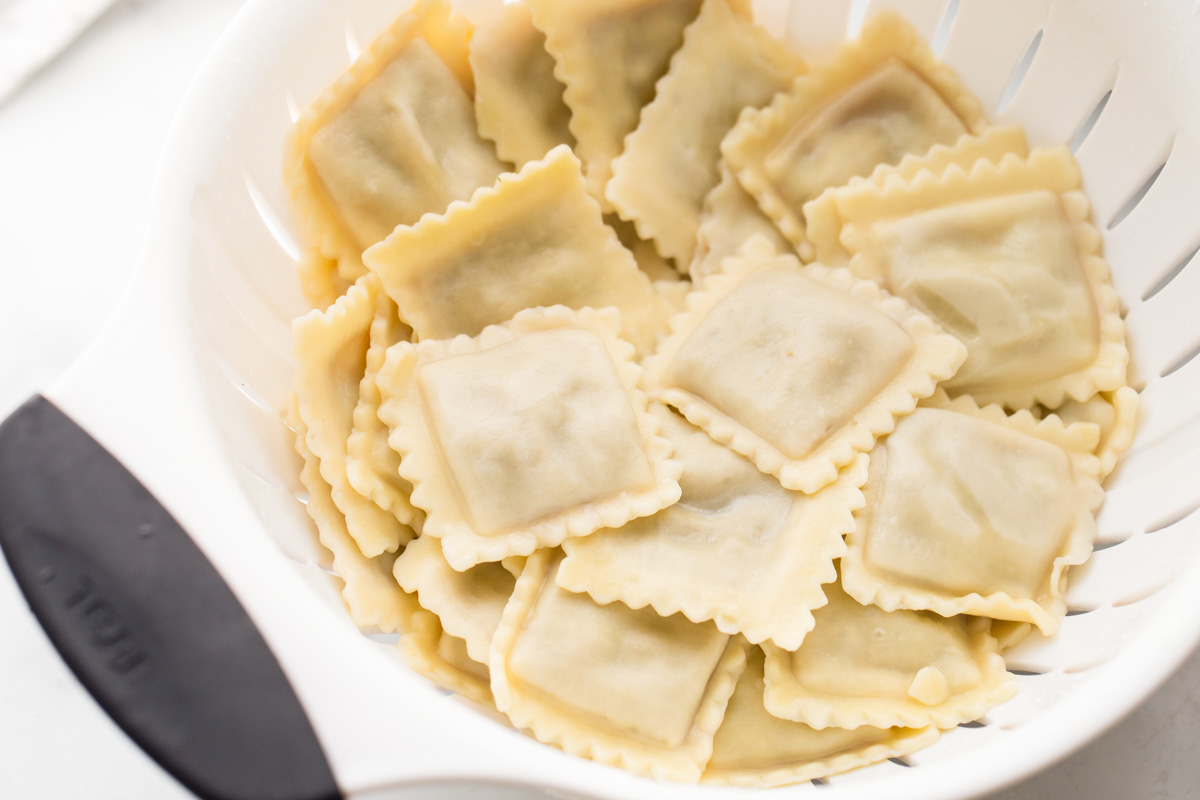Secrets to Mastering the Art of Cooking Shell On Shrimp
Shrimp is a versatile and delicious seafood delicacy that is beloved by many. If you’ve ever been intimidated by the idea of cooking shrimp with its shell on, fear not! In this article, we’ll share some secrets and techniques to help you master the art of cooking shell on shrimp like a pro. So roll up your sleeves and get ready to dive into the wonderful world of flavorful shell on shrimp!
Why Keep the Shell On?
Now, you might be wondering, why bother keeping the shell on when cooking shrimp? Well, the shell actually serves several purposes:
- Flavor: The shells of the shrimp have a rich, savory flavor that infuses into the meat as it cooks, enhancing its taste.
- Moisture: The shell acts as a natural barrier, helping to retain moisture and prevent the shrimp from drying out.
- Texture: Cooking shrimp with the shell on can result in a more firm and succulent texture, as the shell protects the delicate meat.
Now that we understand the benefits, let’s dive into the steps:
Step 1: Preparation
Begin by rinsing the shrimp under cold water to remove any dirt or impurities. Pat them dry with a kitchen towel.
Step 2: Seasoning
Next, it’s time to amp up the flavor of your shell on shrimp. You can use a variety of seasonings or marinades to suit your taste. Some popular options include:
- Lemon and Garlic: A classic combination that adds a zesty and aromatic touch to your shrimp.
- Cajun Spice: Give your shrimp a spicy kick with a Cajun seasoning blend.
- Teriyaki Sauce: Infuse your shrimp with the sweet and savory flavors of teriyaki.
- Old Bay Seasoning: Perfect for a traditional seafood boil, Old Bay brings a unique blend of herbs and spices.
Step 3: Cooking
Now, it’s time to cook your seasoned shell on shrimp to perfection. Here are a few methods you can try:
- Sauté: Heat some oil or butter in a skillet over medium-high heat. Add the shrimp and cook for 2-3 minutes per side until they turn pink and opaque.
- Grill: Preheat your grill to medium-high heat. Place the shrimp directly on the grates and cook for 2-3 minutes per side, or until done.
- Broil: Arrange the shrimp on a baking sheet and place it in the oven on the top rack. Broil for 2-3 minutes per side, keeping a close eye on them to avoid overcooking.
Remember to adjust cooking times based on the size of the shrimp and your preferred level of doneness.
Serving Suggestions
Once your shell on shrimp is cooked to perfection, it’s time to enjoy the fruits of your labor. Here are a few serving suggestions to inspire you:
- Peel and Eat: Serve the shrimp as is, allowing your guests to peel off the shell themselves. Provide some lemon wedges and a dipping sauce for added flavor.
- In Salads or Pasta: Add the cooked shrimp to a fresh salad or toss them with pasta for a delightful seafood dish.
- Shrimp Tacos: Fill soft tortillas with shell on shrimp, pico de gallo, and creamy avocado for a tasty taco treat.
With these secrets and techniques in your culinary arsenal, cooking shell on shrimp will no longer be a daunting task. Embrace the flavors and textures that the shell imparts, and let your taste buds embark on a delightful seafood adventure!
For those eager to master cooking shell on shrimp, there are several recipes to try out. Start with the Grilled Lemon Garlic Shell On Shrimp, which offers a balance of citrus and savory flavors, perfect for summer gatherings. If you're in the mood for something with a bit of kick, the Cajun Spiced Shell On Shrimp Skewers are a must-try, bringing a lively mix of spices to the table. For fans of classic flavors, the Old Bay Steamed Shell On Shrimp can’t be beaten with its simple yet delicious seasoning. Those looking for a quick and easy weeknight dinner will appreciate the Teriyaki Shell On Shrimp Stir-Fry that combines sweet and savory in every bite. And for a hearty comfort meal, the Shell On Shrimp Boil with Corn and Potatoes is a fantastic choice, offering a complete meal in one pot. Each of these recipes not only highlights the versatility of shell on shrimp but also provides different techniques and flavor profiles to keep things interesting in the kitchen.
